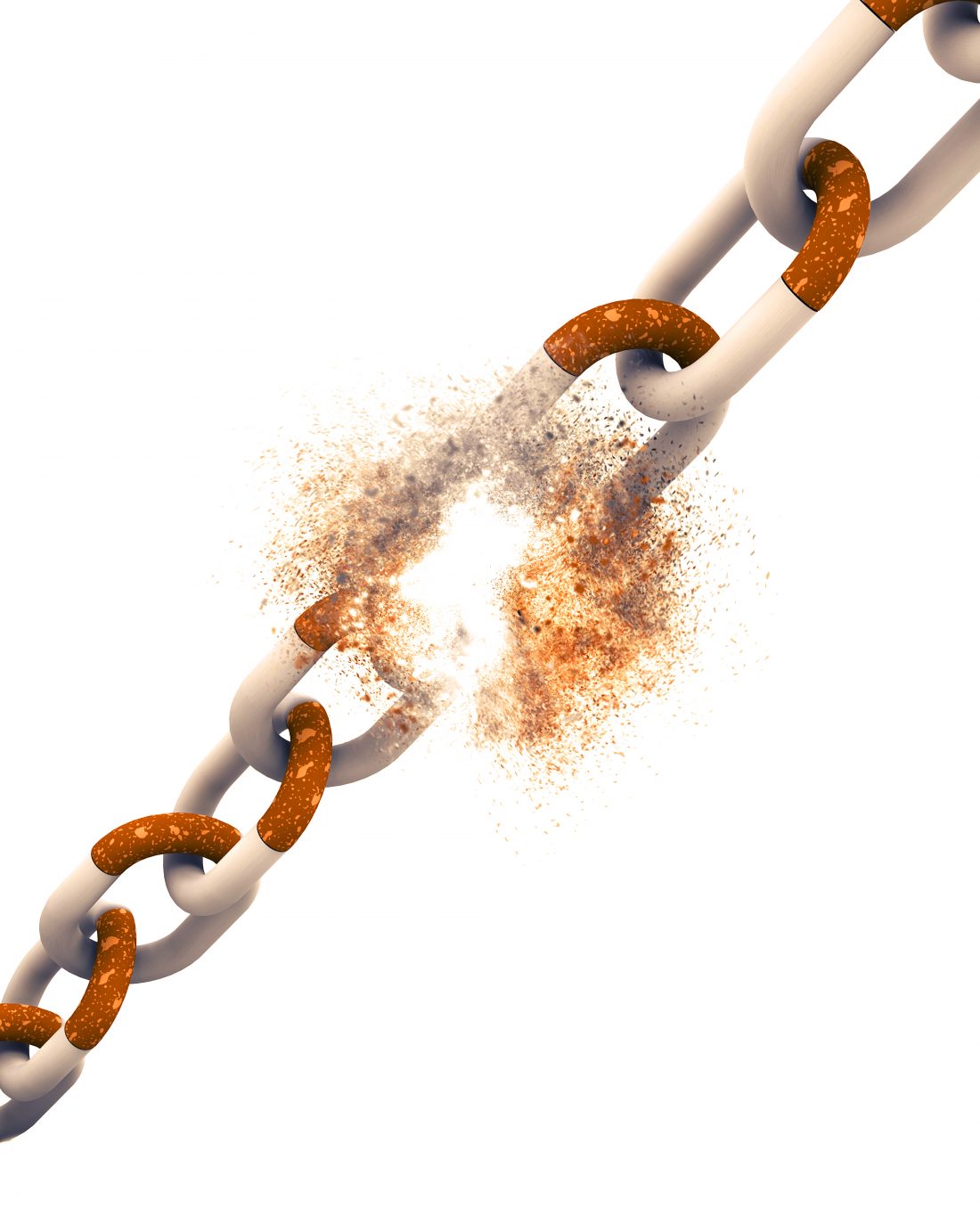
Digital disintermediation … or not?
It is a fact that the traditional value chain with several intermediaries between the manufacturer and the end user is changing thanks to the digital transformation. The technologies and tools have evolved and this has led to a change in the behavior of consumers that leads to the emergence of new markets and a new way for relationships.
Within this digitalization of sectors and markets, disintermediation is a real phenomenon and companies consider what approach they should adopt in order for their strategies to be as successful as with the “analog model”.
What is not so evident is that this digitization is leading to a real disintermediation. Perhaps the traditional intermediaries are disappearing, but it is not true that they are not replaced by others.
The intermediation is “virtualized”
If “intermediate” is to link two or more people or entities (according to the RAE), it cannot be denied that the development of the Internet has led to the emergence of a series of increasingly larger and more concentrated operators that facilitate the relationship of consumers among themselves and with companies in this field. Thus, the value chain is transformed and players leave to make way for others.
The search engines control the internet channel
Internet is like an ocean of information of all kinds. The search engines, with Google as the undisputed king, allow us to focus our searches and filter results, showing the most visited websites in the first place. Clear intermediary intention between companies and brands that struggle to appear in the first positions and users who seek certain information.
Social networks leave their “naïf” side
Social networks also offer user relationship platforms with each other and with organizations. If initially they had a strictly relational purpose, to share personal and private information, the business model has been consolidated as these platforms charge companies to access users and offer their products and services.
We have only to see how Facebook ads have proliferated and the number of company profiles that open daily. For now the medium does not allow advertising to be as invasive as in other traditional media, but the platform has varied substantially throughout its existence.
In the case of Instagram, to take another example, the users themselves, turned into influencers, are now new intermediaries for brands to advertise and attract new consumers through a more “friendly” side, accessing the private, almost intimate sphere.
In a further step, the “collaborative economy” has given rise to platforms among users that escape the traditional model and that allow them to contract/share services outside the traditional sectors. Some examples are Airbnb to reserve accommodation, Blablacar to share a journey by car, Verkami to obtain funding by crowdfunding, or Chicfy to sell second hand clothes.
All these platforms do not stop being intermediaries within the digital environment.
The “apps”, all in the same hive
Within the world of smartphones, whether IOS or Android, users have at their disposal an infinite number of applications of all kinds to do virtually everything. However, as in a large beehive, in a sort of ecosystem, platforms such as Apple’s AppStore and Google Play agglutinate this huge amount of “apps” in an almost monopolistic way, so users have to go to them if they want to buy any type of application.
Intermediation evolves, does not disappear
We can see examples in several sectors where digital disintermediation is neither true nor real. In the tourism sector, the traditional travel agencies, with their offices on the street, have been replaced by digital agencies and “metasearch engines” that attract millions of users thanks to the concentration of a gigantic offer. And it is precisely this capacity of intermediation between the consumer and the infinite options its business model.
In the restoration, new intermediaries create new channels, such as Just Eat or La Nevera Roja bringing food home, and others are authentic online gourmet guides such as RestaurantesBCN or El Tenedor. Restaurants know well these webs are the new intermediaries to access their clientele … Maybe they even do better than when they appeared in paper guides (Michelin, Gourmetour …).
What is a fact is that, in the value chain from the manufacturer to the consumer, the intermediary that based its business on the inability of users to contact those who provided the services, without any transparency on margins, prices and other conditions , is touched death.
Transparency and clarity in the new intermediation
Instead, the new business model requires platforms that act as environments where the offer and pricing is transparent and clear, easily understandable and reasonably fair to the user, where this is as important as the provider/offeror.
This new digital intermediation is one more element of the set of factors that determine the way forward in the so-called digital transformation, among others the analysis of Big Data, the commitment of management with this transformation, mobility, the “Internet of Things” “, align the global strategy with the potential of the internet, etc.
Finally, it is worthwhile that the actors in each sector review whether their current use of digital technology places them as another player in the market or if they take the opportunity to become leaders and pioneers in their sector by creating that environment where new way of operating, the true digital intermediation, will end up becoming a paradigm of how transactions occur.

No Comments